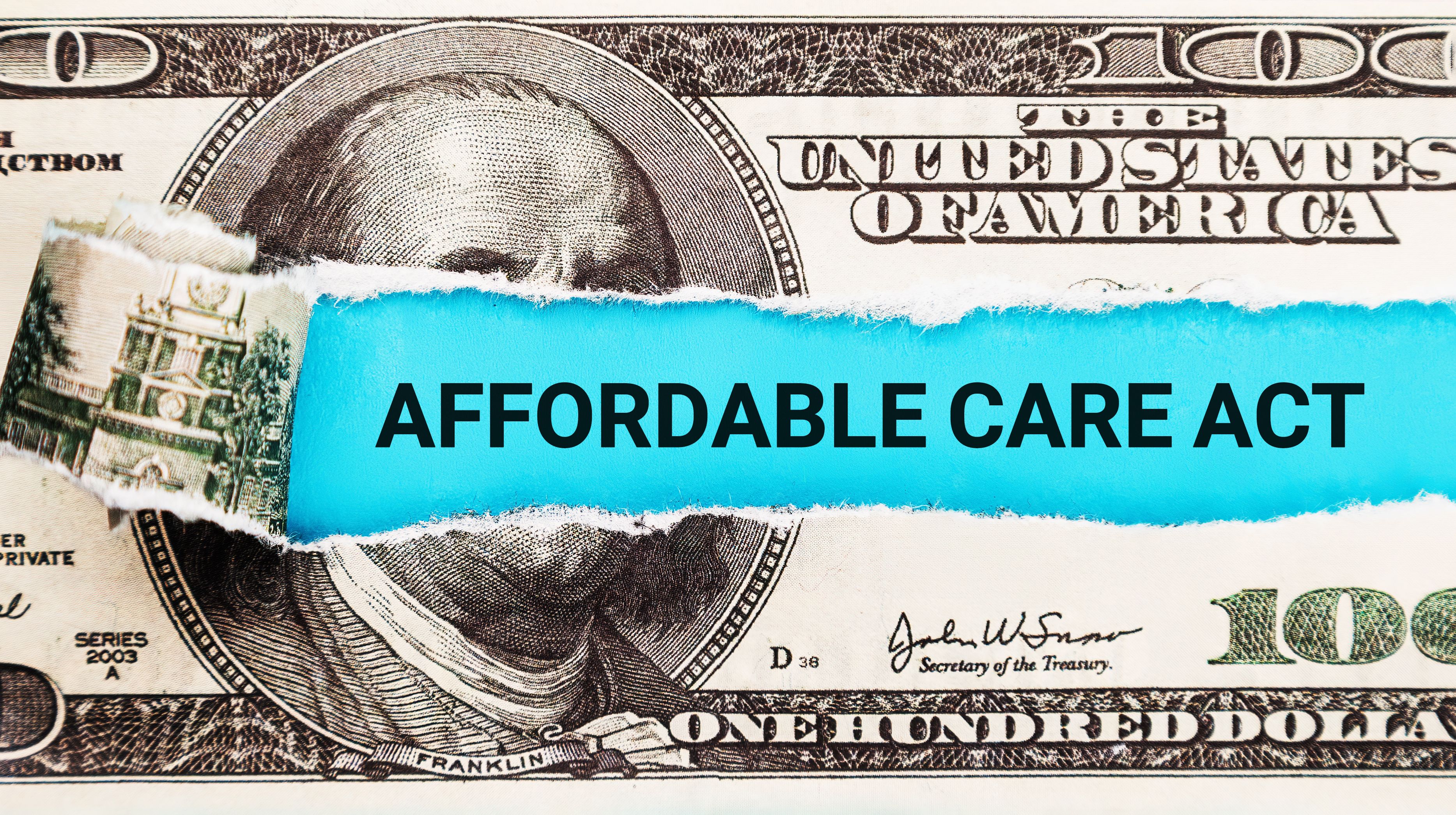Article
Minorities, Southerners in Medicare Less Likely to Take High Blood Pressure Medication
Author(s):
The authors said this is the first study to examine antihypertension nonadherence down to the county level. Recommendations include greater use of combination therapy to reduce pill counts for patients with multiple chronic conditions, and synchronizing pharmacy visits to avoid multiple trips.
One of the more frustrating challenges in healthcare is nonadherence—patients who see the doctor but don’t take their medication as prescribed. For a variety of reasons, nonadherence rates are high among patients being treated for hypertension, but rates are not uniform, according to a new CDC report.
Nonadherence among those being treated for hypertension is troubling, since cardiovascular disease is the leading cause of death in the United States; hypertension affects 70% of those age 65 and older, according to the authors. Yet, data released Tuesday by the CDC, based on claims from Medicare Part D, found that 26.3% of patients prescribed medication were nonadherent in 2014, which means these patients were not taking their drugs at least 80% of the time.
The study found wide disparities among groups: whites had nonadherence rates of 24.3% and for Asians and Pacific Islanders, the rate was 26.3%. The nonadherence rate was 33.8% among Hispanics, 35.7% among African Americans, and 38.8% among Native Americans. Being poor increased nonadherence, with the rate at 32.1% among those with a low-income subsidy and 25.4% among those with no subsidy.
Geography also played a role. Counties with the highest nonadherence rates were clustered in the Southeastern United States, but there were also clusters in New Mexico and Arizona, Northern Alaska, and the District of Columbia, which had a rate of 33.7%. The lowest rates of nonadherence were seen in North Dakota (18.7%), followed by Wisconsin (18.8) and Minnesota (18.9%). This geographic divide was noted by the study’s authors, who made several recommendations:
- For adults with multiple chronic conditions, decrease pill counts by increasing the use of fixed-dose combination therapies. The study found these therapies were underused by most groups in the study.
- Limit the number of pharmacy visits by increasing the days of supply in each fill from 30 to 90 days
- Synchronize fills for all medications. This strategy was the subject of a study in The American Journal of Managed Care;
- Use reminder devices and aids to encourage patients to stay on their medication schedule.
The authors recognized that the cost of co-payments could be a factor, and CMS has taken steps to start phasing out the “donut hole,” which has been shown to cause some beneficiaries to stop taking medications as prescribed once they hit the coverage gap limit.
The study had several limitations: it may have overestimated those patients who switched therapies based on a doctor’s recommendations, but it could have underestimated those who are prescribed therapy but do not initiate treatment. There are also some patients who buy low-cost generics outside the prescription drug plan and would not show up in the data.
Still, this was the first study to examine geographic variation in antihypertension nonadherence down to the county level, the authors noted.
“Strategies to improve adherence range from individual patient engagement and intervention to systematic health systems changes, and coordinated approaches are important to improving adherence and the cardiovascular health of this population,” the authors wrote.
Reference
Ritchey M, Chang A, Powers C, et al. Vital signs: disparities in antihypertensive medication nonadherence among Medicare Part D beneficiaries—United States, 2014 [published online September 13, 2016]. Morb Mortal Wkly Rep. DOI: http://dx.doi.org/10.15585/mmwr.mm6536e1
Newsletter
Stay ahead of policy, cost, and value—subscribe to AJMC for expert insights at the intersection of clinical care and health economics.





